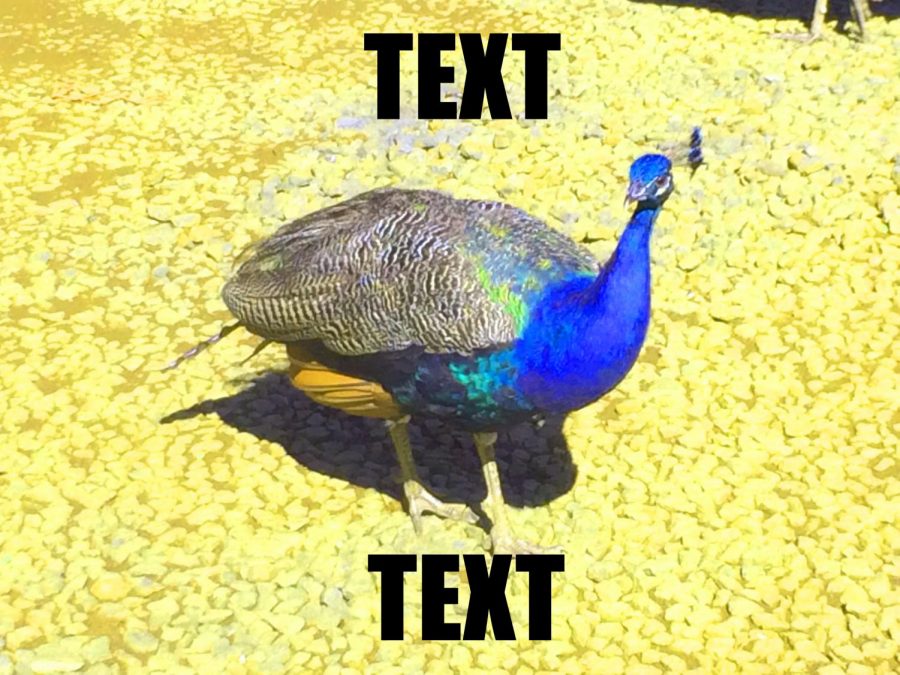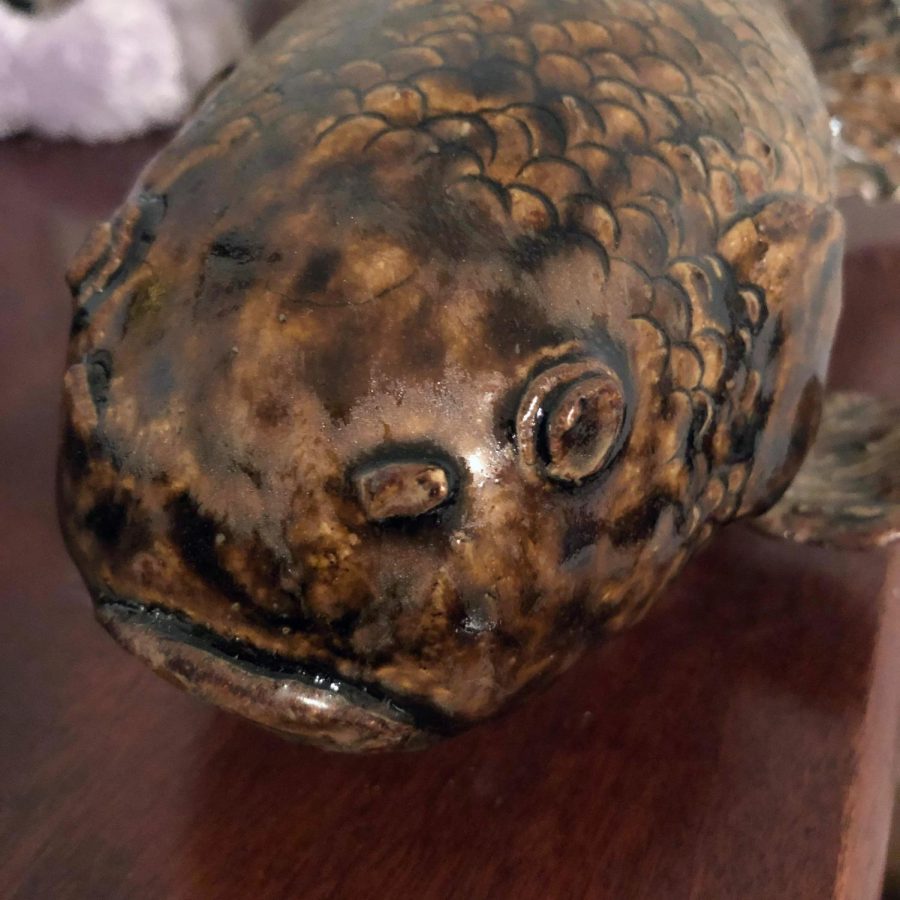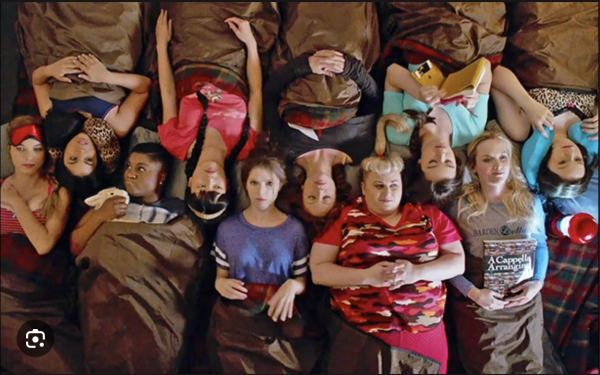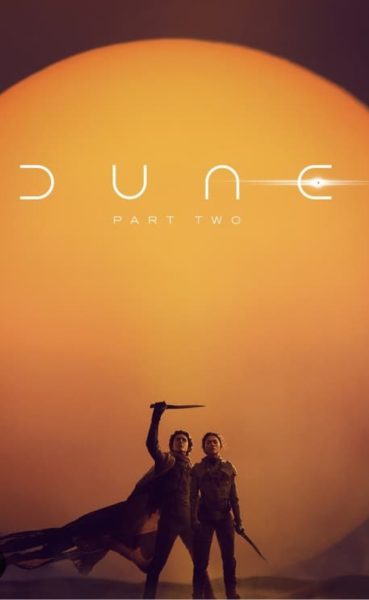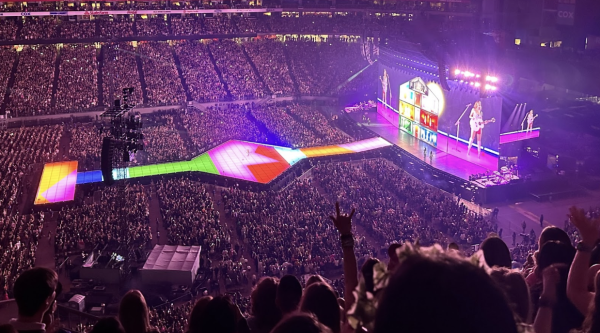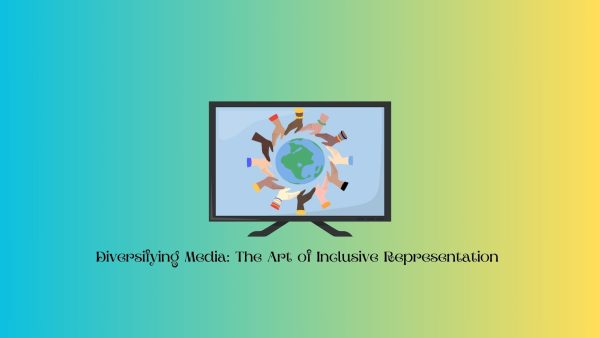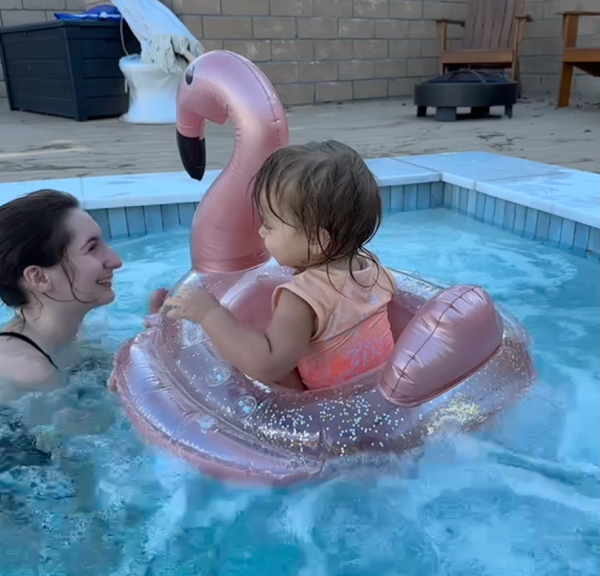More than Memeingless
An example of typical characteristics of most memes. These include text in the Impact font and supersaturated colors. To do this, I took this old picture of a peacock and edited it using the free GIMP photo editing program.
January 7, 2020
Humanity’s fondness for surreal imagery has appeared time and time again throughout history. Recently, with the rise of the Internet, this penchant for the peculiar has manifested itself in a new form—memes. Memes are small tidbits of surreal text or words that are easy to manipulate and exploit for a variety of purposes.
Memes often exist as part of a short-lived trend, for various memes rise and fall in popularity over time. Highly popular among members of Generation Z and Millennials, memes have become a staple of Internet culture. Mrs. Saint-Amant (Staff) believes that this popularity comes from the fact that they are a “quick, visually appealing way to make a punchline that often allows people to make fun of themselves.” But what purpose do these memes truly serve?
More often than not, memes exist to entertain or confuse others. Nearly every meme relies on some sort of nigh-incomprehensible humor. These memes are often the easiest to create, yet the hardest to explain. Common characteristics of these memes include oversaturated images or seemingly random words, sometimes both in conjunction with each other. Sometimes, they will include characters dubbed by the Internet to be “meme characters,” characters who, for one reason or another, are easily exploitable in memes. Common meme characters include Shrek from DreamWorks’s Shrek franchise or Kermit the Frog from The Muppets. Eye-catching and bewildering, these memes are commonplace sights throughout the Internet.
Sometimes, memes exist as a form of communication. This quality is evident due to the number of memes that exist to appeal to a certain audience, many of which are incomprehensible to people outside of the targeted demographic. These memes can potentially double as reaction images, images used to imply a certain emotion or action as a result of a statement or image. Captioned screencaps of various media, such as movies or tv shows, generally fall under this category. The meme that was created in the attached tutorial also counts as this type of meme, as it depicts a reaction to a confusing scenario.
Similarly, some memes exist to relate to others. These memes often revolve around common experiences that the creator thinks they share with the intended audience. Such memes often revolve around childhood memories, siblings, or unique habits. The “Sneaking Downstairs to Get Some Shredded Cheese” meme is an example of this, where the meme creator creates humor in the specificity and perceived relatability of the scenario.
As basic photo editing skills are needed to create most memes, they can also be seen as a form of artistic self-expression. Anything that is on a person’s mind can be made into a meme. Even if it is incomprehensible, the meme remains relevant to at least one person: the meme maker. People may find pleasure in creating memes, some of which may become popular throughout the Internet. Both of these factors merit memes as a form of artistic expression.
More recently, memes have been used as a form of protest. A controversial example of this is the “OK, Boomer” meme that rose to popularity in November of 2019, according to Google Trends. This meme became popular due to the often-dismissive demeanors of older people towards the younger generations. As a result, they united under this simple yet dismissive phrase to protest against this treatment. However, there is one other, more disturbing purpose that memes fulfill.
To distract.
Stressed about an upcoming test? Make it into a meme. Worried about college applications? Make it into a meme. Climate change threatening the future of humanity? Make it into a meme. Memes have become a crutch which the younger generations use to distract themselves from their problems.
They serve to distract because the members of the Millennials and Generation Z are often too disrespected or too young to make the differences that they want to see regarding issues such as climate change or mentally-unhealthy school environments. Until the day comes when their opinions matter, they are forced to stand by and make their memes in strained silence.


